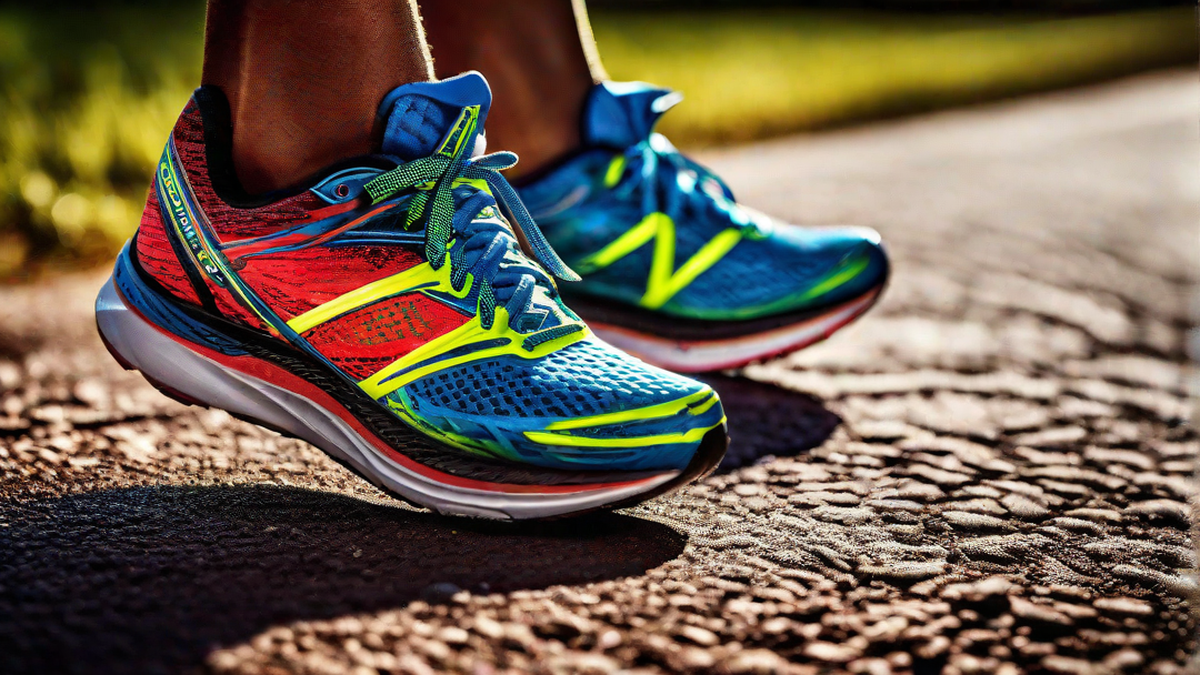Drop is a term that we often hear when it comes to running shoes, but what exactly does it mean? As a passionate runner, I have spent countless hours researching and trying different running shoes, and understanding the concept of drop has been crucial in finding the right pair for my needs. In this article, I will dive deep into the world of drop in running shoes and share my personal insights and experiences.
What is Drop in Running Shoes?
Drop, also known as heel-to-toe drop or offset, refers to the difference in height between the heel and the forefoot of a shoe. It is usually measured in millimeters. A shoe with a higher drop means that the heel is elevated in relation to the forefoot, while a lower drop indicates a more minimalistic design with a smaller heel-to-toe differential.
The concept of drop originated from the idea that higher-drop shoes promote heel striking, while lower-drop shoes encourage a more natural and midfoot or forefoot strike. However, it is important to note that drop is just one factor among many when it comes to running shoe selection, and the best drop for you depends on your running style, foot strike pattern, and personal preferences.
Why Does Drop Matter?
The drop of a running shoe can have a significant impact on your running biomechanics and overall comfort. A higher drop shoe with more cushioning in the heel can be beneficial for runners who are heel strikers or those who prefer a more cushioned ride. On the other hand, a lower drop shoe can promote a more natural gait and engagement of the calf muscles.
It’s worth noting that transitioning to a shoe with a significantly different drop requires a gradual adjustment period. Abruptly switching from a high-drop shoe to a low-drop shoe can put stress on different muscles and potentially lead to injuries. So, it’s important to listen to your body and start with small increments when making a change in drop.
Choosing the Right Drop
When it comes to choosing the right drop for your running shoes, there is no one-size-fits-all answer. It ultimately depends on your individual running style, biomechanics, and comfort preferences. Some runners may find that a higher drop shoe provides the necessary cushioning and support, while others may prefer the responsiveness and flexibility of a lower drop shoe.
If you are unsure about the ideal drop for you, it can be helpful to visit a specialty running store or seek advice from a knowledgeable running professional. They can assess your gait and recommend shoes with the appropriate drop based on your specific needs.
My Personal Experience
Throughout my running journey, I have experimented with various drops and learned a great deal about my running preferences. As a midfoot striker with a neutral gait, I initially gravitated towards shoes with a lower drop. I found that these shoes provided a more natural feel and allowed me to engage my calf muscles effectively.
However, as I increased my mileage and started running longer distances, I discovered that a slightly higher drop shoe offered better cushioning and support, especially during extended periods of running. It’s interesting how our preferences can change as we progress as runners and our bodies adapt to different training demands.
Conclusion
Understanding the concept of drop in running shoes can be immensely helpful in finding the right pair for your running needs. Whether you prefer a higher drop for cushioning and support or a lower drop for a more natural and responsive ride, it’s important to consider your individual biomechanics, running style, and comfort preferences when selecting running shoes.
Remember, drop is just one aspect of a running shoe, and finding the perfect fit involves considering other factors such as shoe width, stability features, and overall comfort. So, lace up your running shoes, hit the road, and discover the drop that works best for you!

